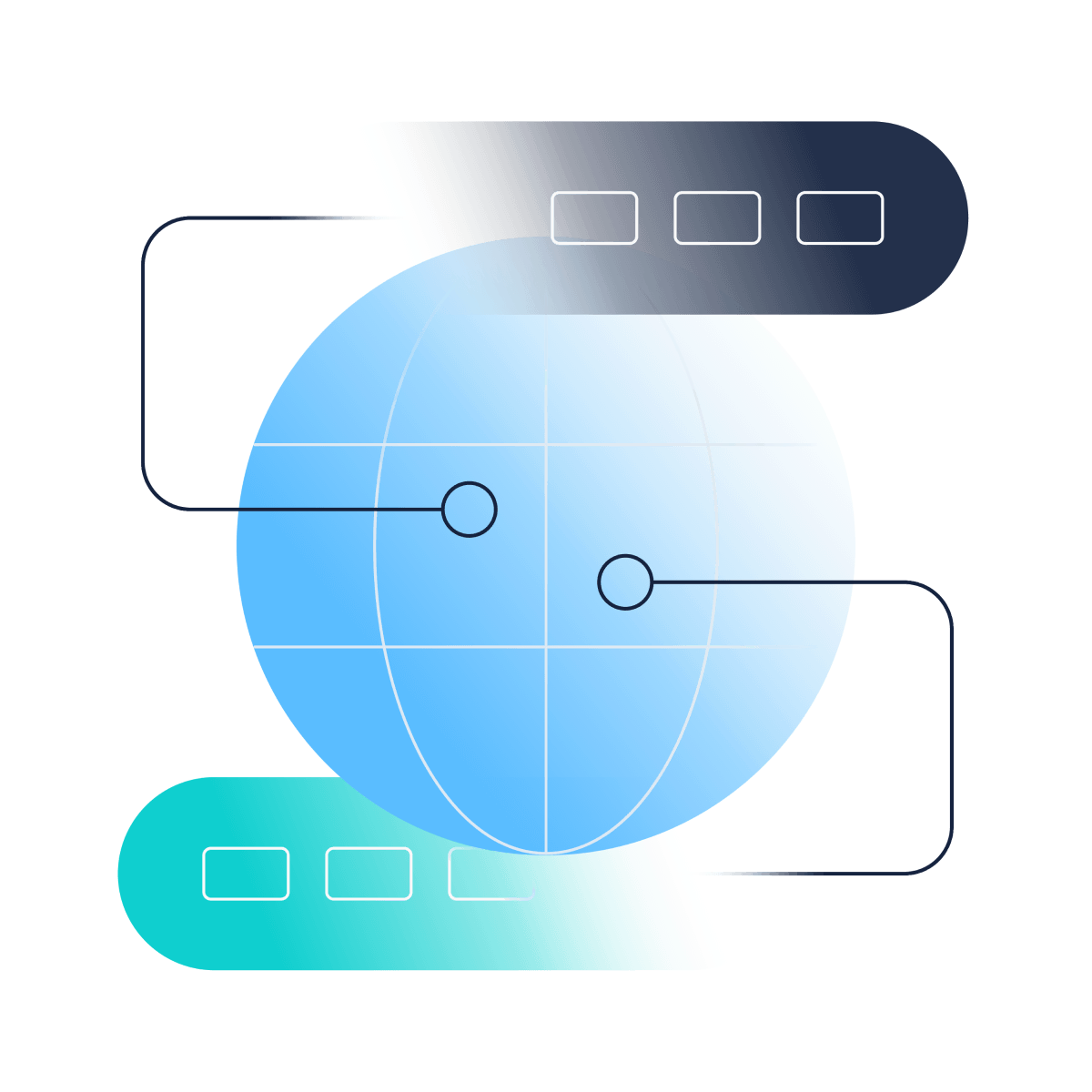From mainframes to the cloud: How back-end platforms are the enablers of front-end innovation
Thought Leadership· 5min November 23, 2022
Like many century old industries, financial institutions established their organisational structures around a physical space, the office. The infrastructure needed to handle their critical business functions followed suit, and with the first computers being the size of a room, it seemed natural for the computer to live in a physical workspace.
Fast forward to the 1990’s, server rooms became the technological pulse of business, with every trade, payment, deal and email relying on it. With advances in technology moving at a rapid rate, so too did the demand for banks to digitalise their offerings. The multitude of business software needed was becoming as large as the hardware to manage it with offices being homes to endless racks of servers that continuously called for updates and maintenance.
In response to advances in technology and growth of digital, software hosting became the new normal with data centres popping up all over the place enabling banks to host their business applications. Several decades later and this still continues today for many financial institutions around the world.
However, the advent of cloud has seen a steady adoption of cloud-based services, that have now become mainstream across multiple industries. Now we are seeing the adoption of cloud for the very services at the core of banks, including payments On the latest leg of this journey, cloud native technology has become the new standard for managing and deploying applications which are built for the cloud from the ground up.
In today’s new, everything instant world, offices have turned virtual and organisational structures are built around web not physical addresses. No longer do banks need to keep hosting and maintaining their ageing software applications in the cloud but can remove the infrastructure burden completely by outsourcing the entire payment processing, clearing and settlement to a cloud-native, payments-as- a-service platform instead. Welcome to a new era of payments technology:
…No hardware, no software, no maintenance and no eye watering professional service fees to perform upgrades.
“it’s important to recognise that software designed for mainframe servers will simply never port well into the cloud."
·
Why re-platform?
All Financial institutions running on legacy technology are currently facing the same problem: they need to rethink legacy architectures that are increasingly costly, risky to maintain and slow to develop. Year on year, as customers expect ever more reliable, easy to use digital offerings from their banking services (with challenger banks setting out the realities of the art of the possible), legacy banks look to improve their services to rival that of the challengers.
They then face the problem that their legacy infrastructure, already outdated after a lengthy implementation, is based upon decades old technology that is hard to update. Increasing or decreasing physical capacity isn’t possible so increases in demand lead to downtime for customers. When updates are planned for the scheduled downtime inevitably impacts customers. Finally, banks that are tasked to operate and update these systems in the face of regulatory changes and scheme updates are inevitably over-reliant on the expertise of the original implementation teams whose professional services fees reflect this harsh reality.
The problem is global. In Europe, banks are also burdened by having multiple core banking platforms and separate local integrations due to expansion over decades. This makes it impossible for them to effectively roll out updates and patches and develop a unified customer experience.
The desire to investigate alternatives isn’t only driven by the negatives of legacy technology. By moving to a ‘cloud-first’ platform banks can now access the functionality and speed to market now required to adapt and survive. They need to be architected differently, from the core foundations up if they want to really benefit from new banking and payments services. This doesn’t simply mean technologically; they need to be architected for constant change across the organisation, from the way they interact with their customers to the way they develop, test and deploy code.
Through embracing re-platforming to the cloud, banks will be able to:
1
Provide a better, richer set of services.
2
Accelerate their speed of transformation to a future proofed platform.
3
Enable transparency over their Total Cost of Ownership (TCO), whilst improving their return on investment through accessing a more reliable service at lower cost.
4
Improve Availability, Resilience, and Scalability that takes full advantage of cloud native micro services.
5
Ensure Security by design, taking advantage of the security of the public cloud.
6
The potential for cloud-agnostic configurations that have multiple simultaneous live environments brings about a greater level of resilience.
Conclusion
Huge advances in technology innovation are transforming the very core of financial services, challenging banks to reassess their front- and back-end platform architecture. It is not surprising that financial institutions around the world have started to examine payment platforms and the capabilities of the cloud as a key first step in moving away from the restrictions and barriers inherent in their existing legacy payment solutions.









 Back to News
Back to News
